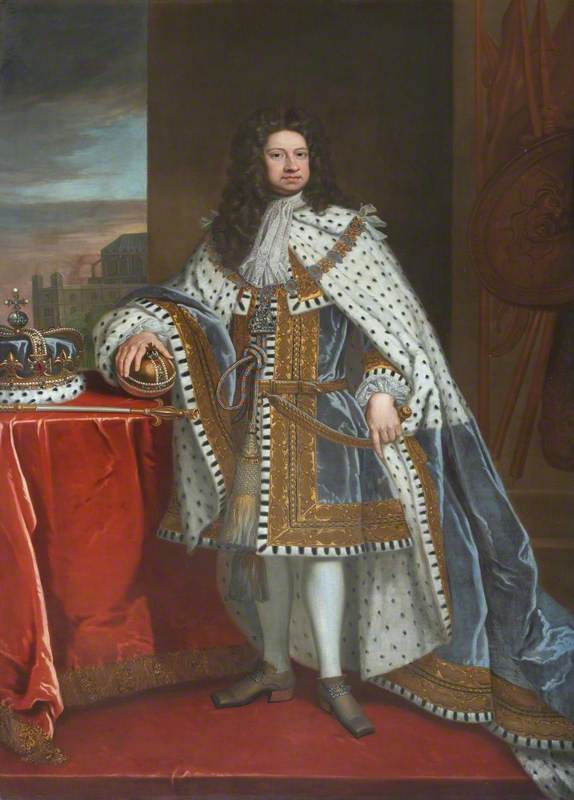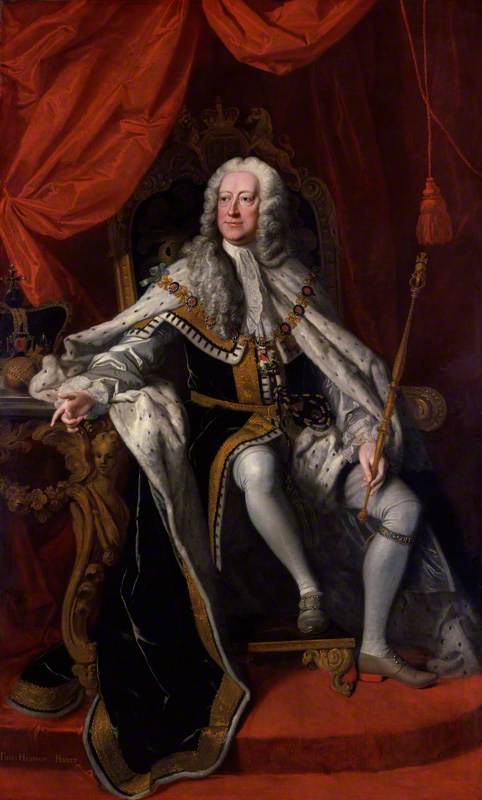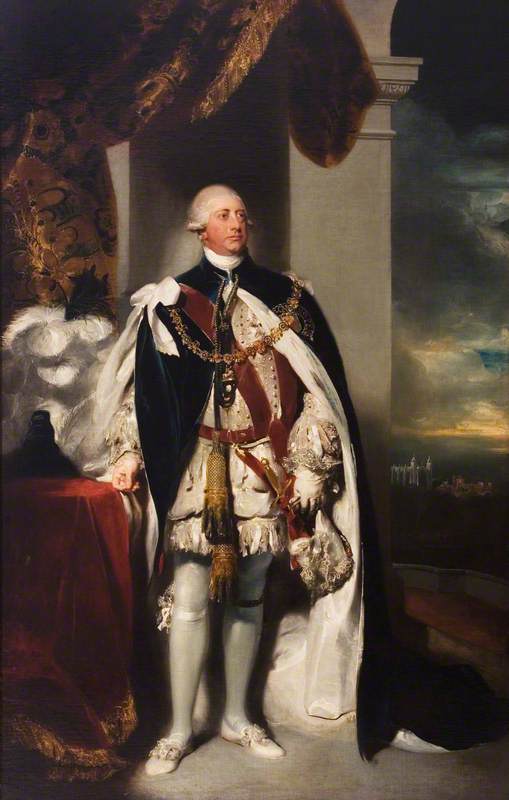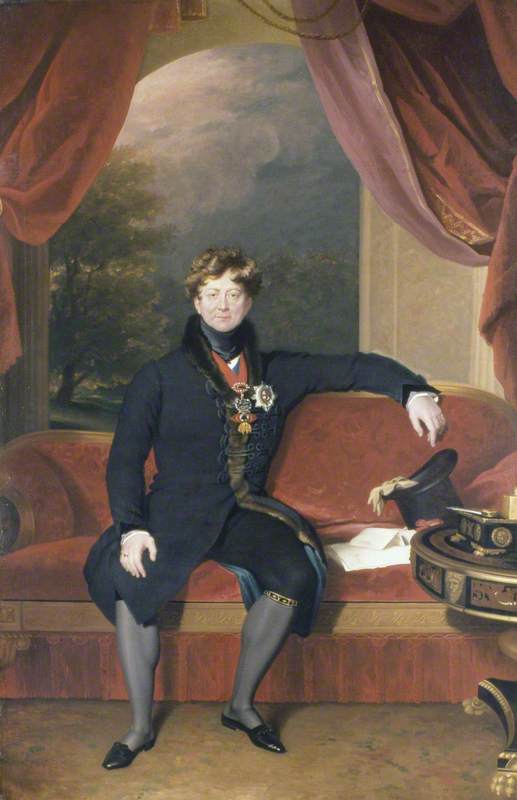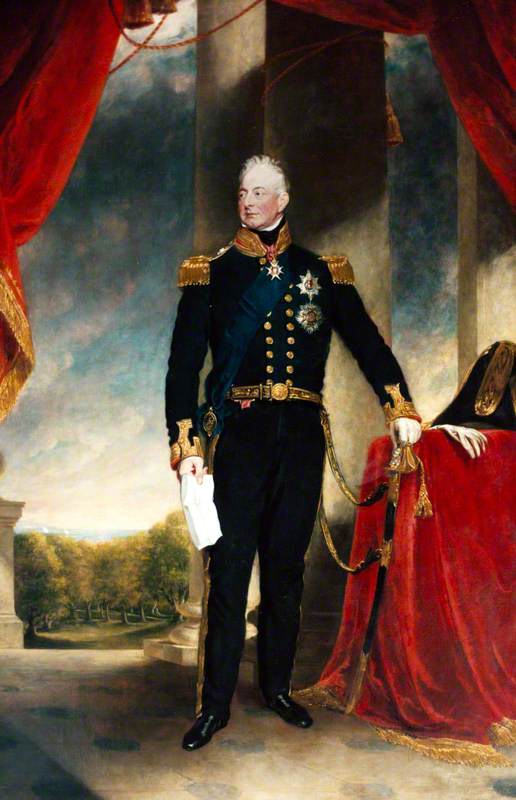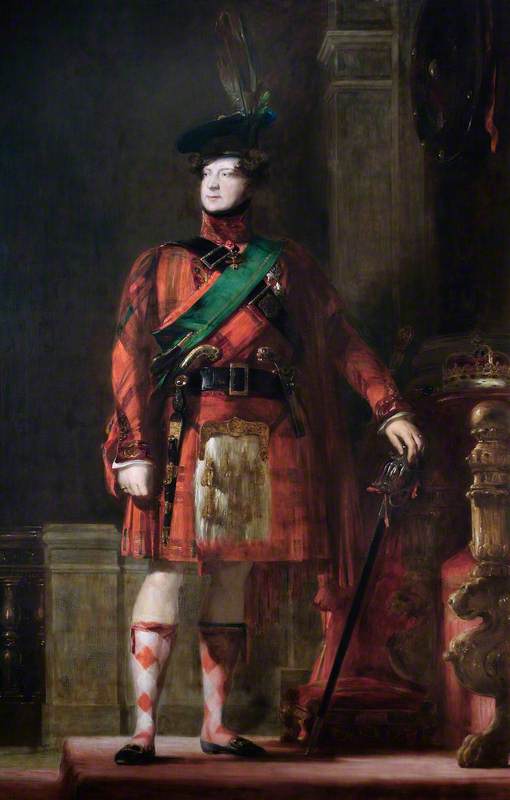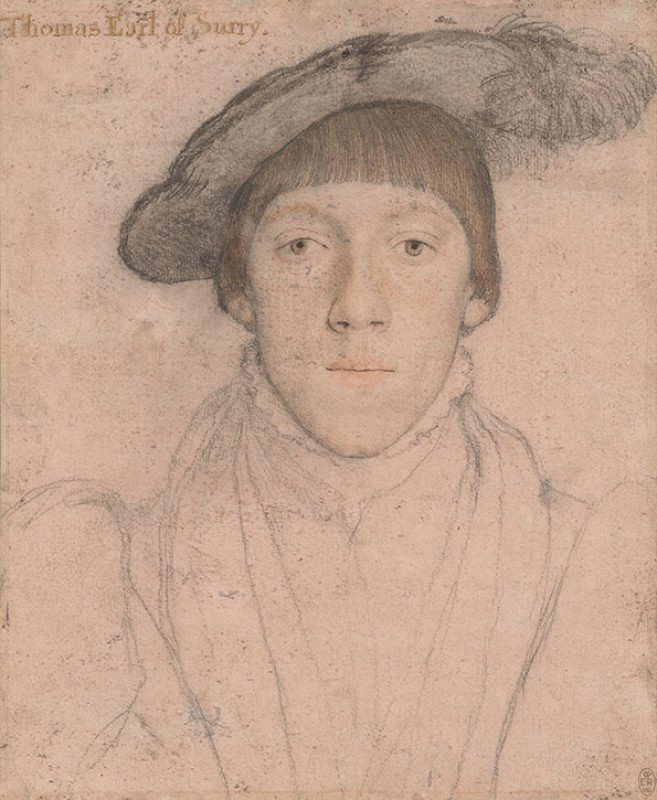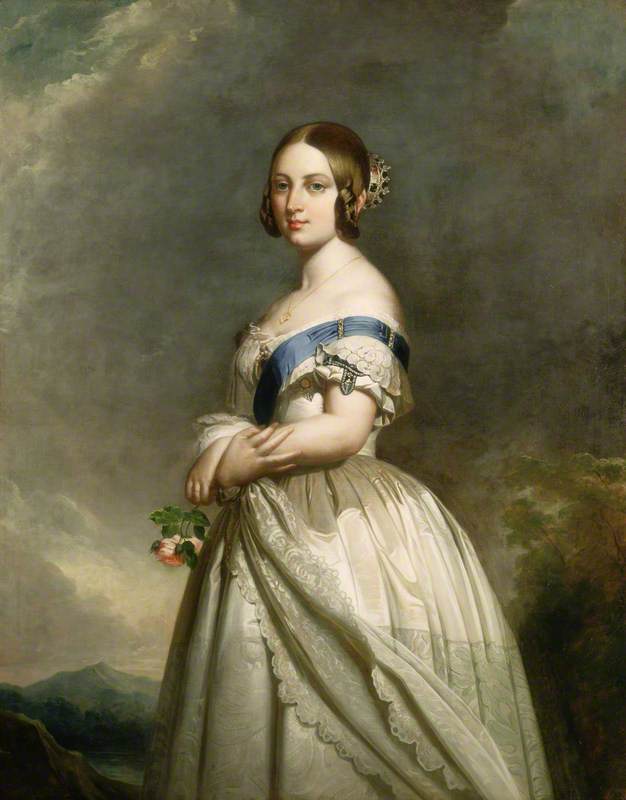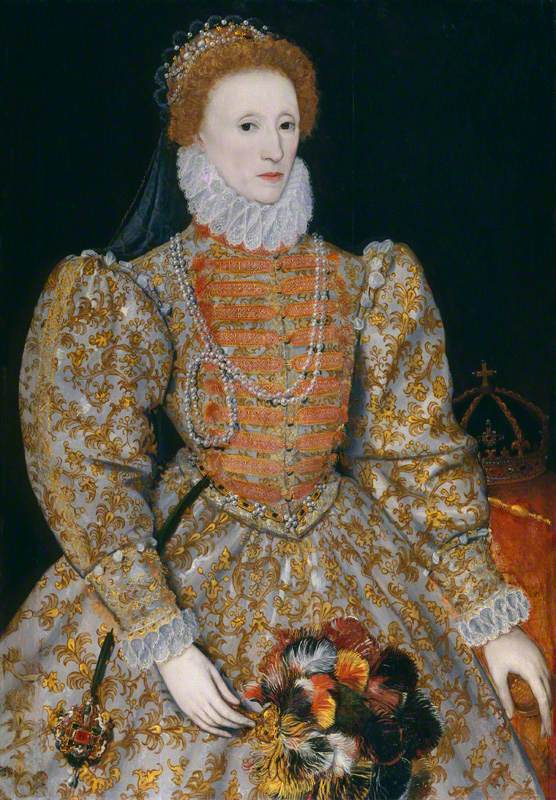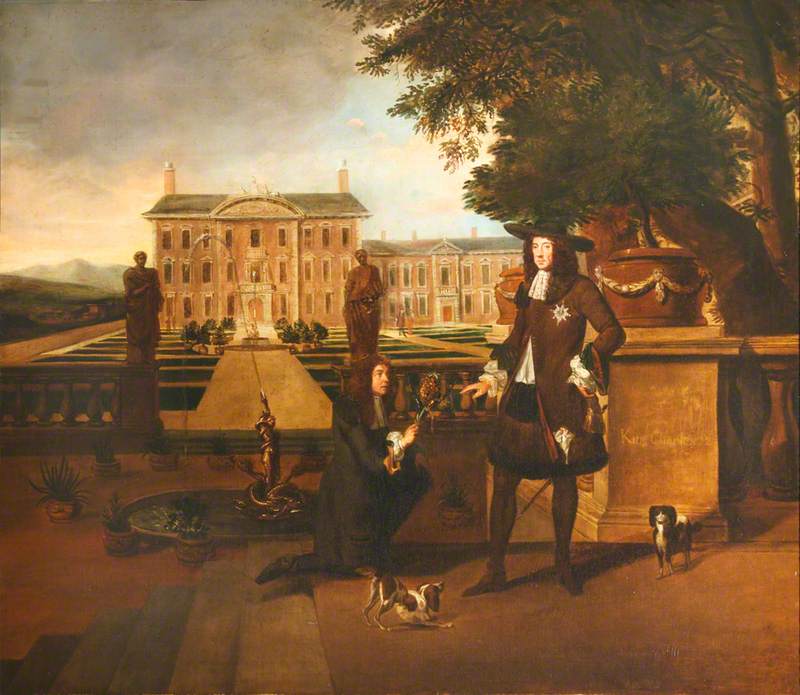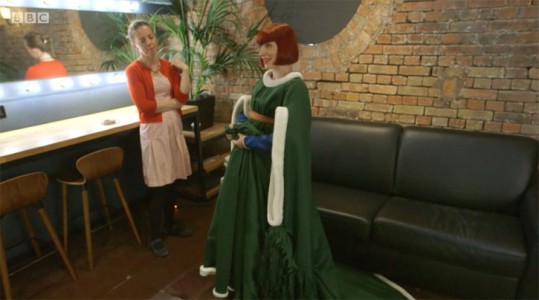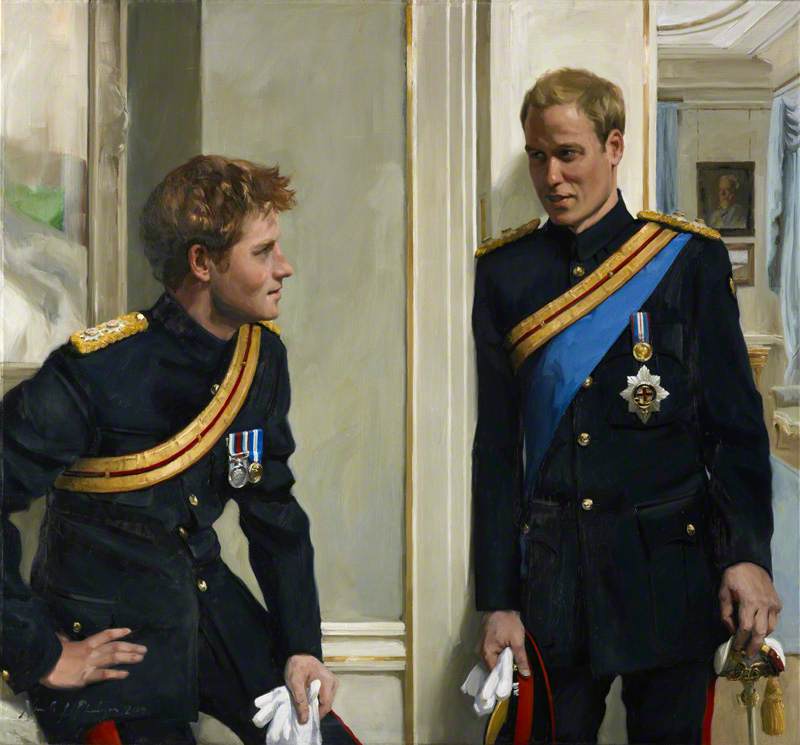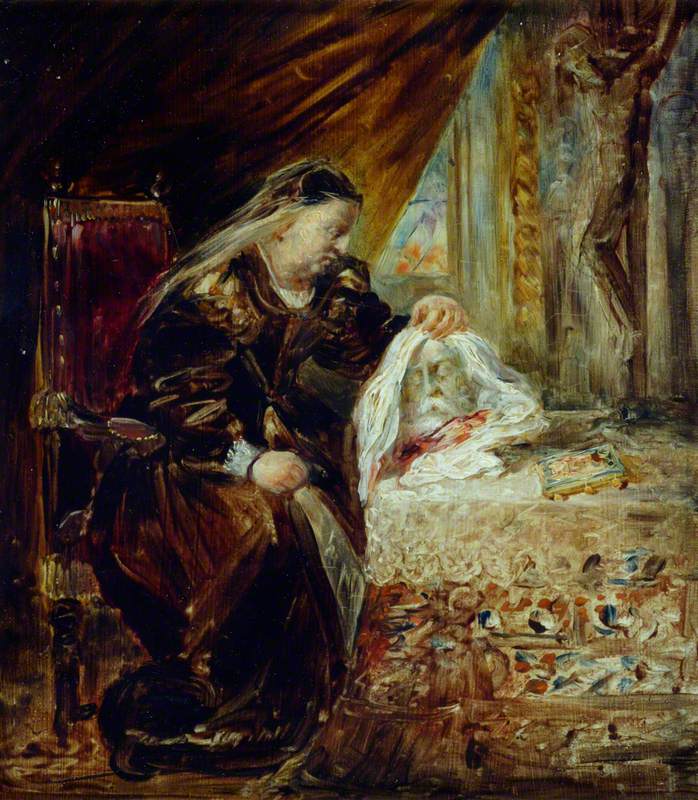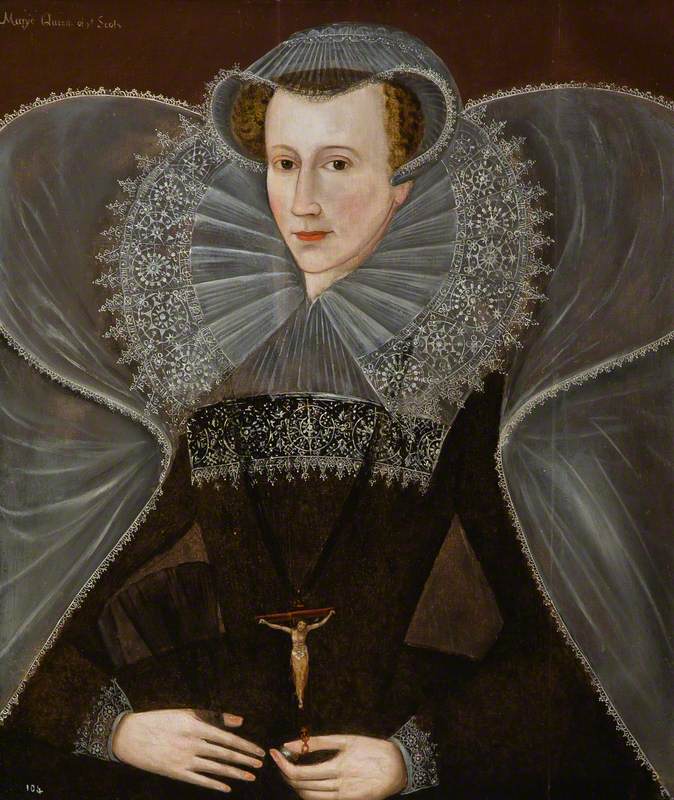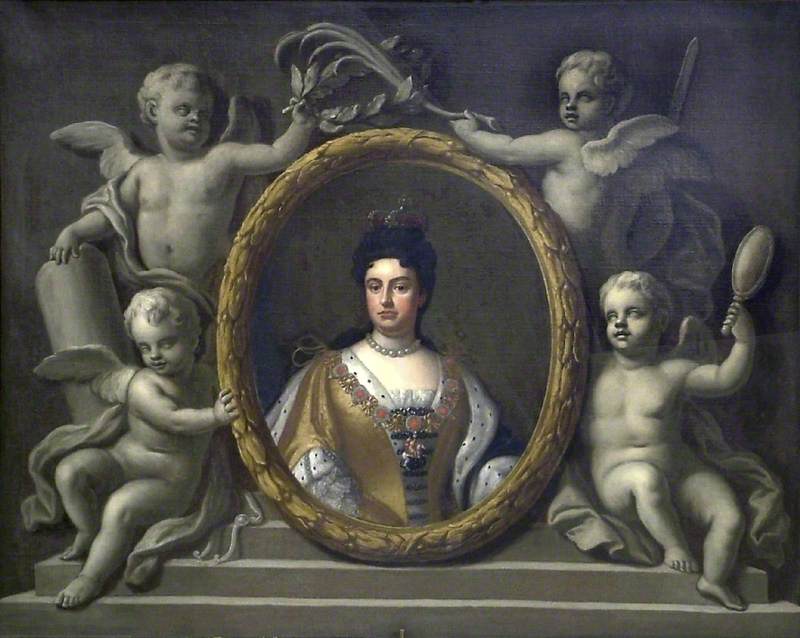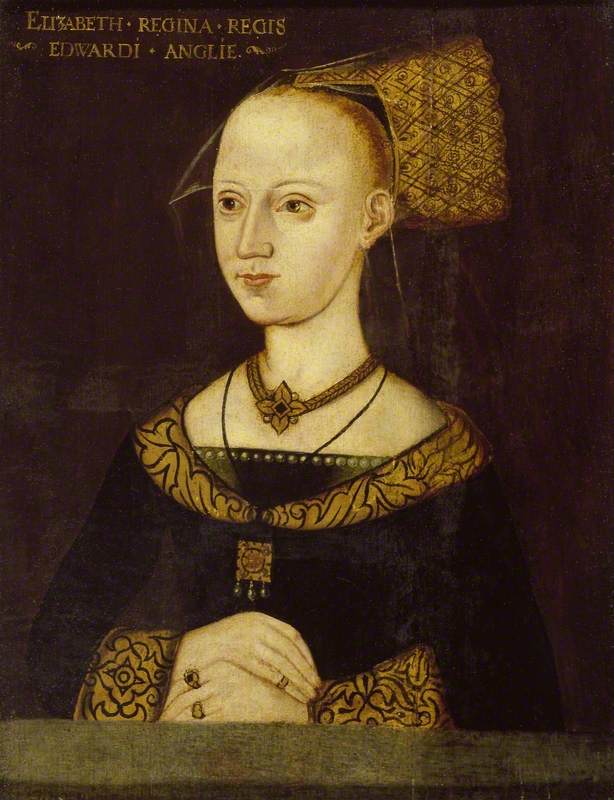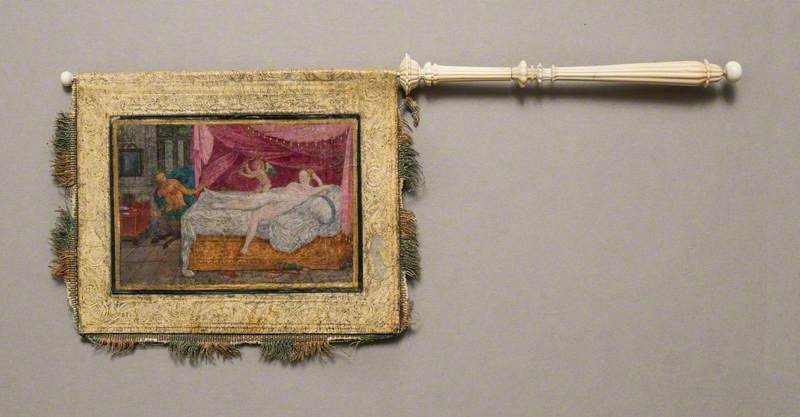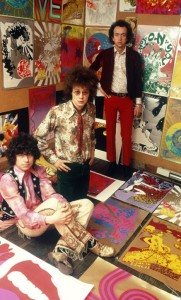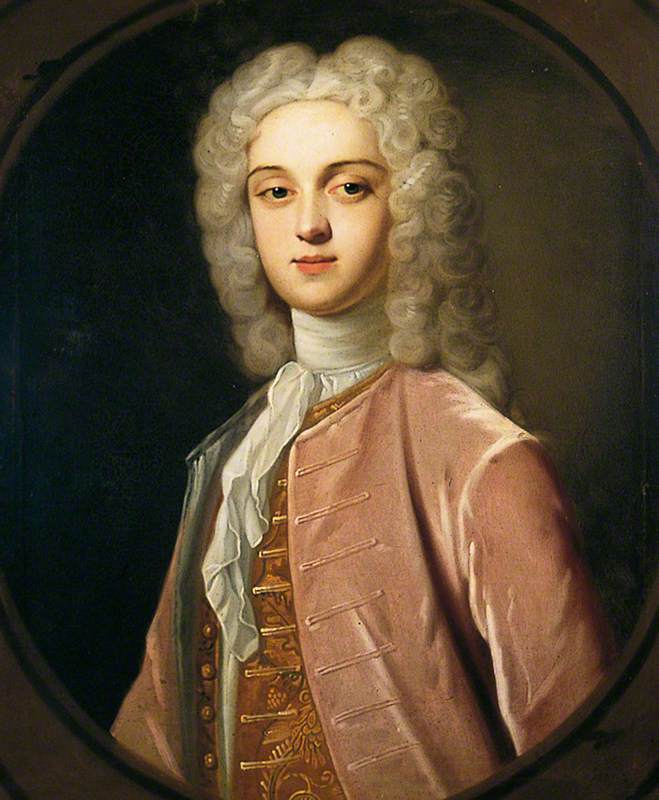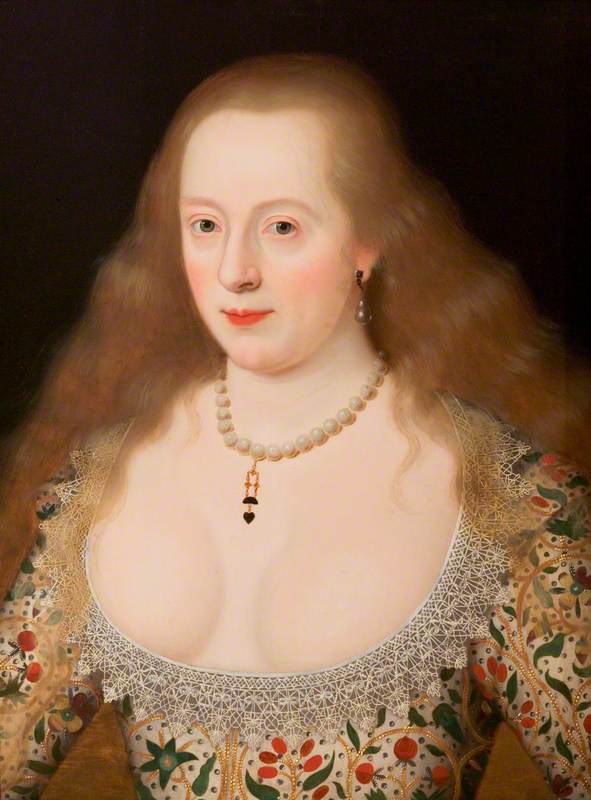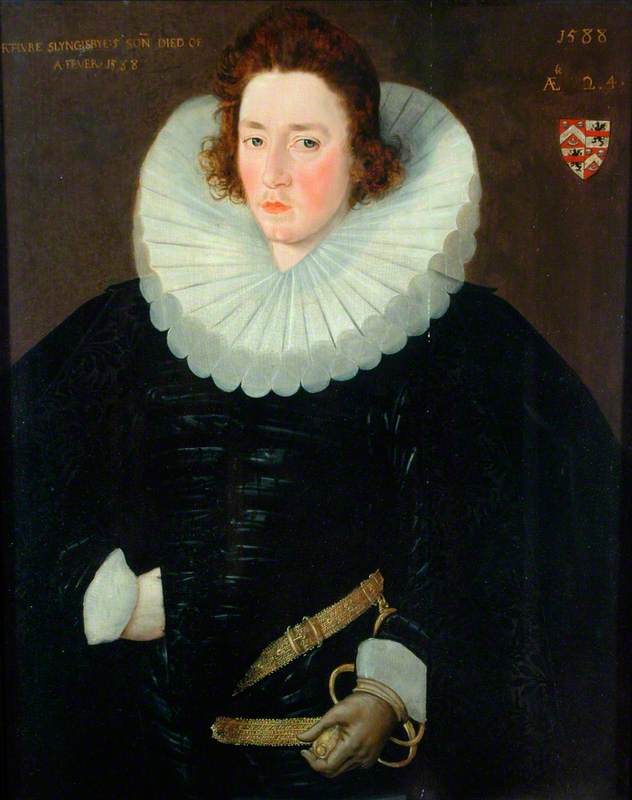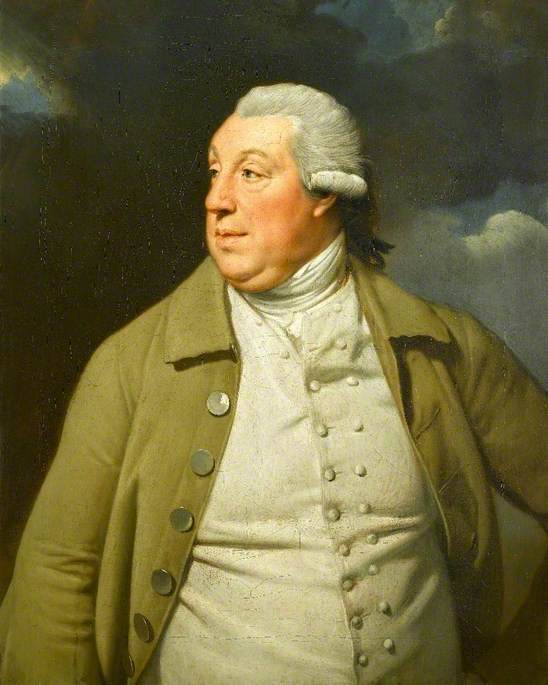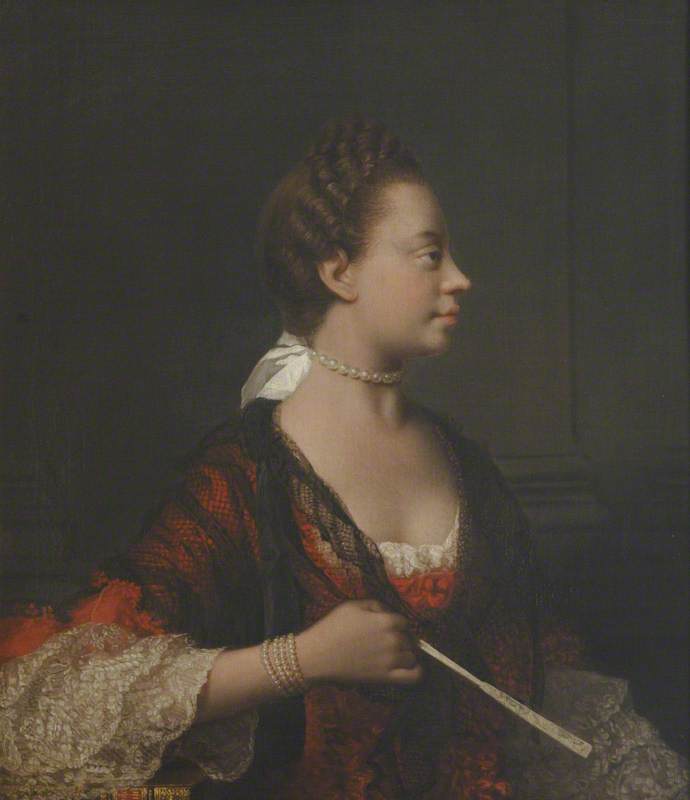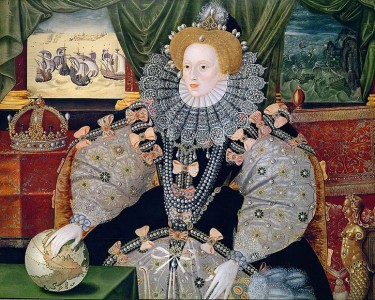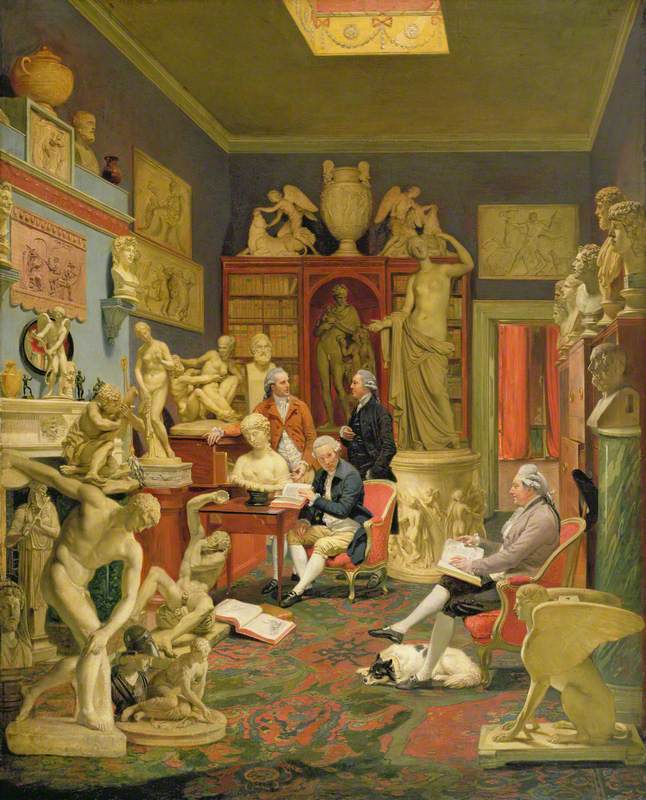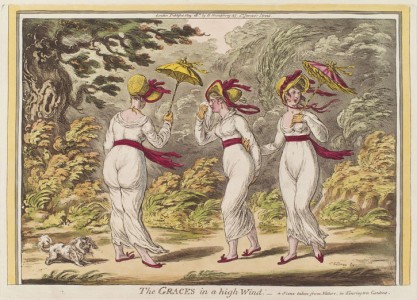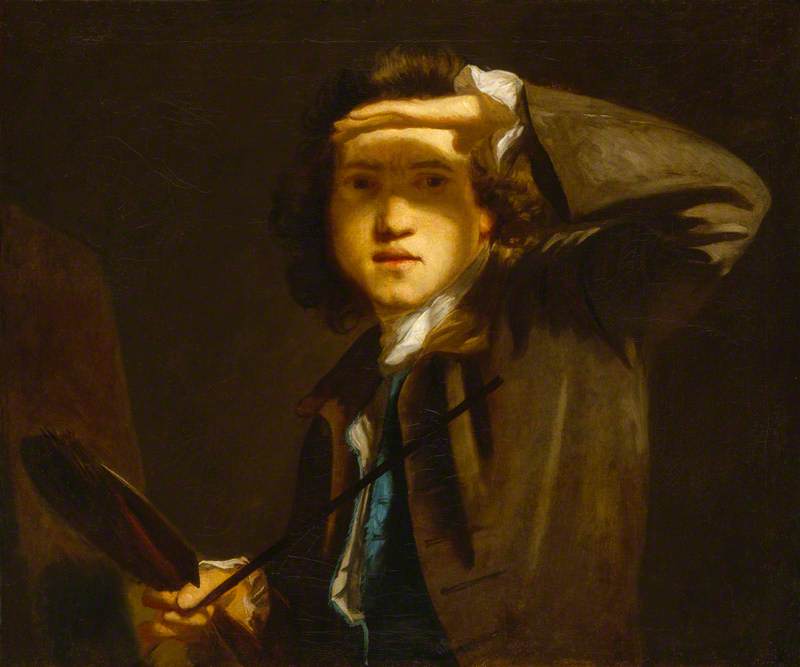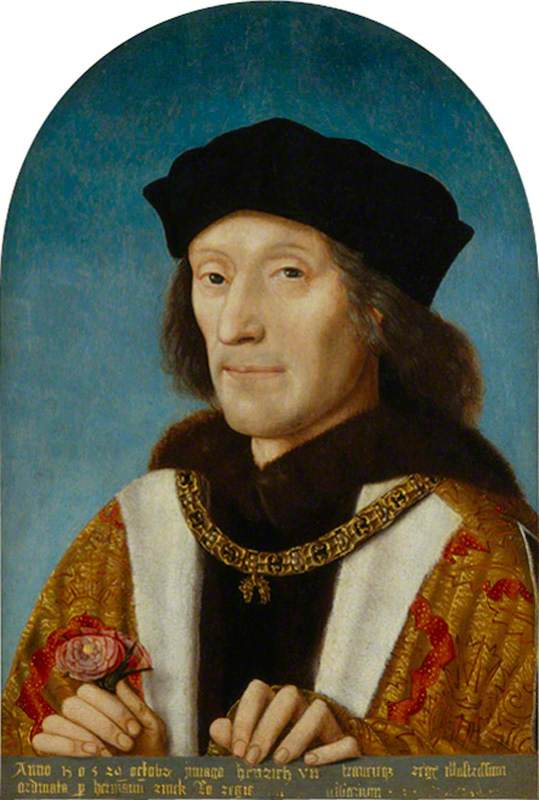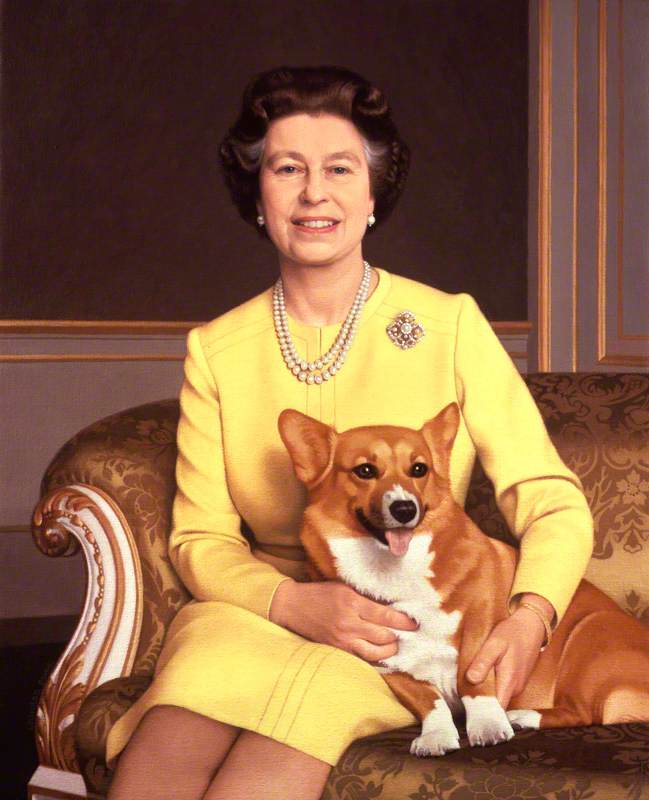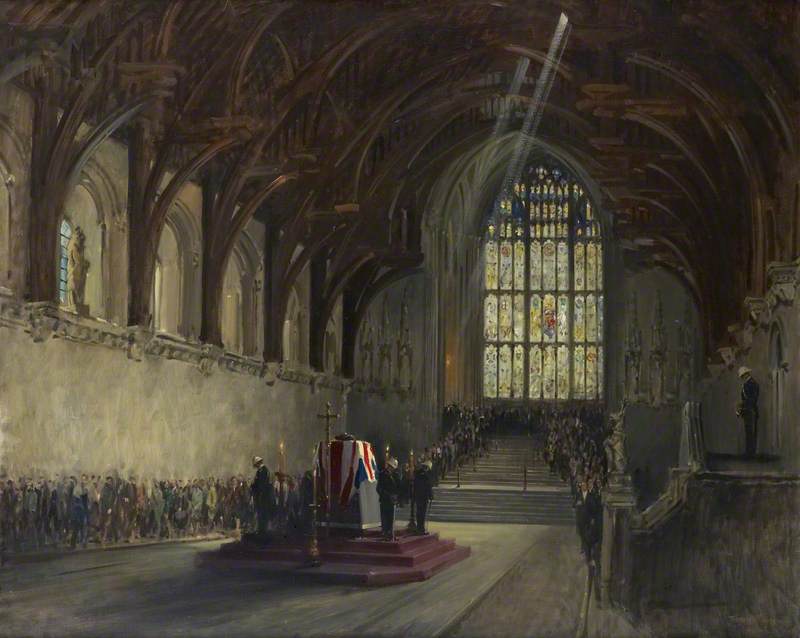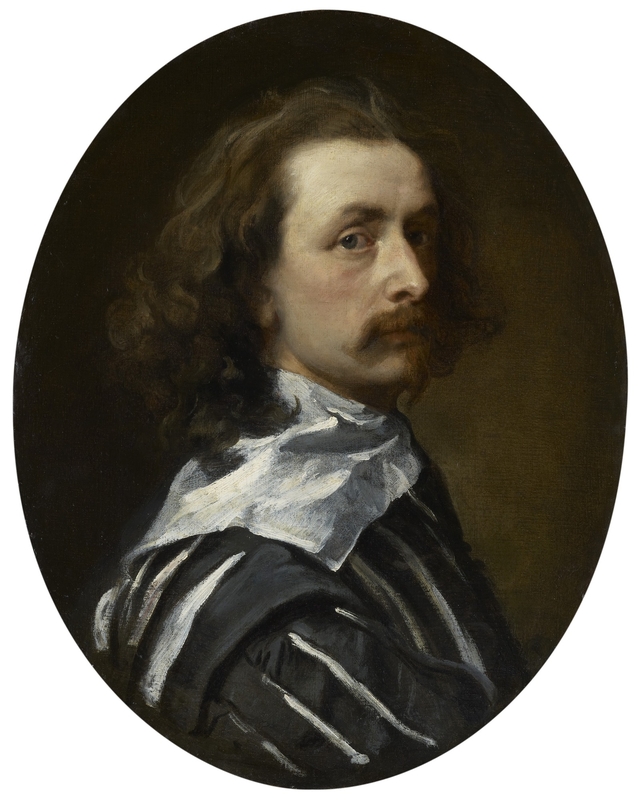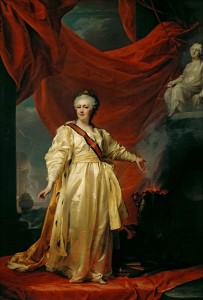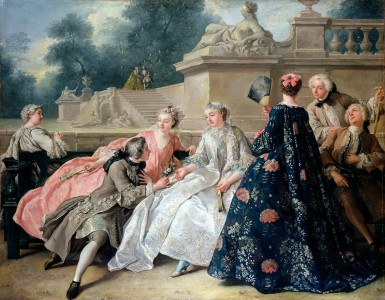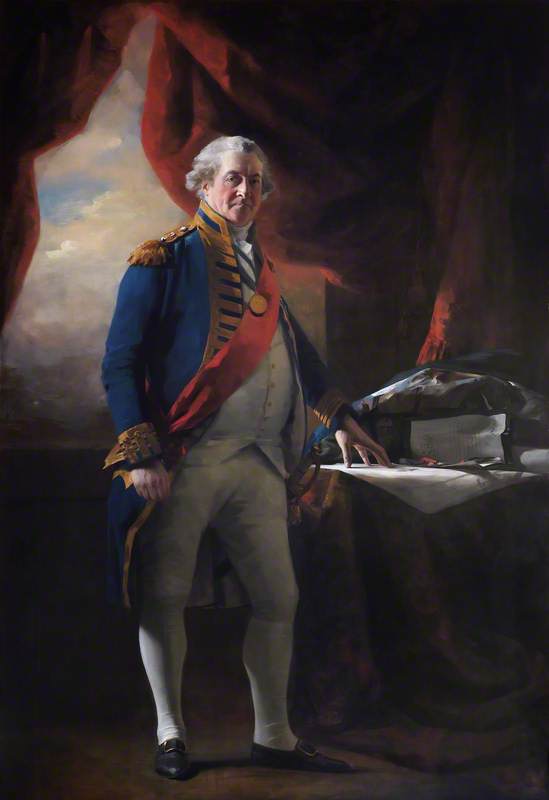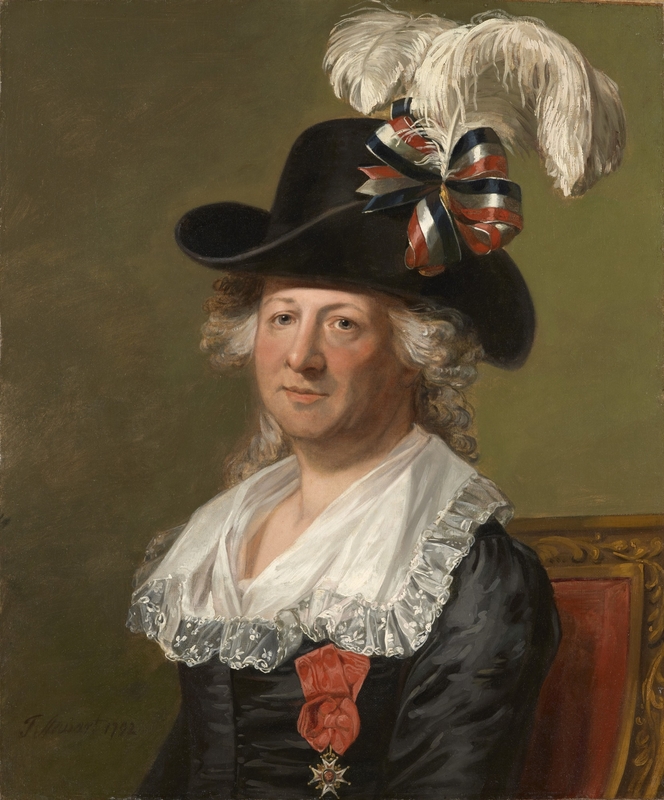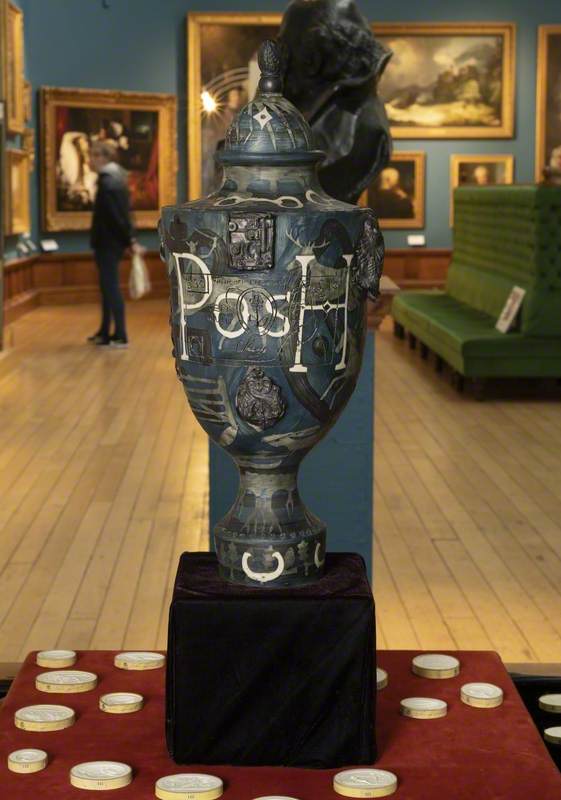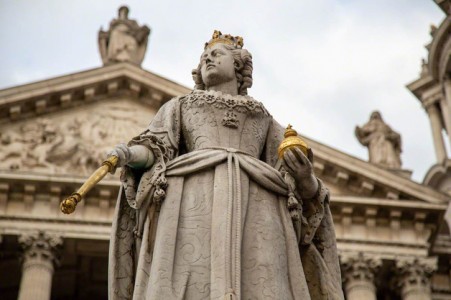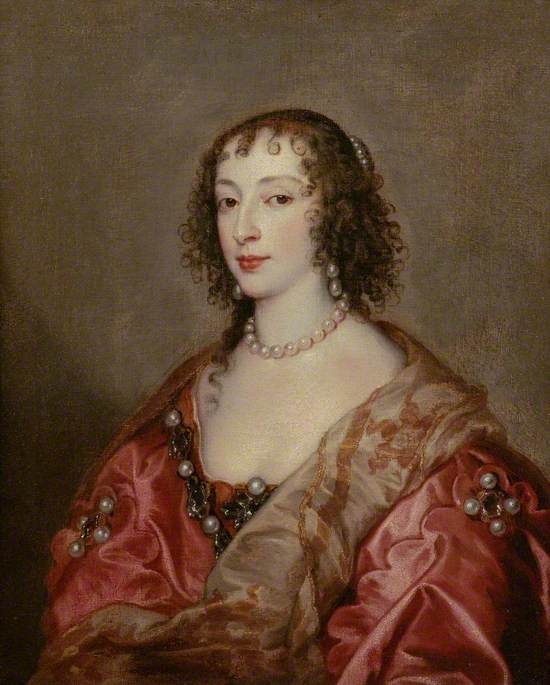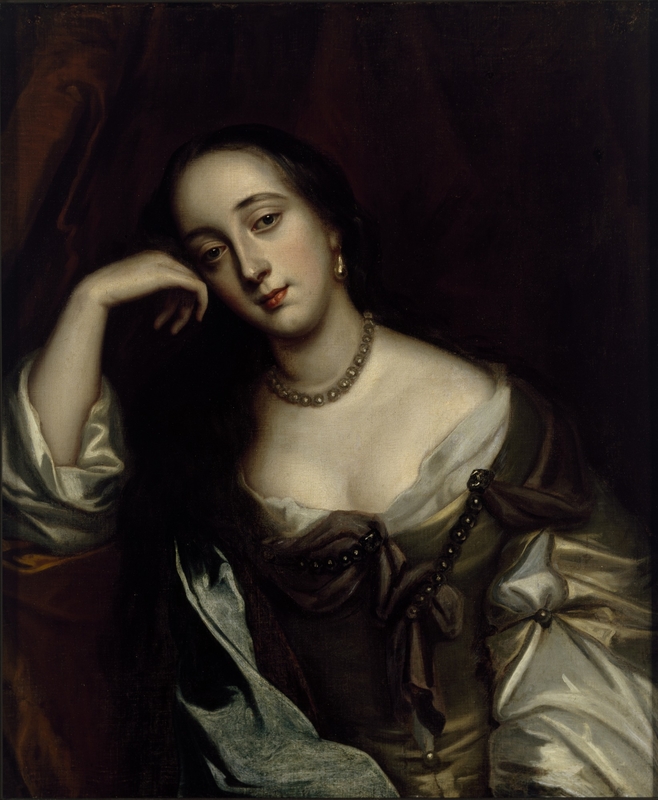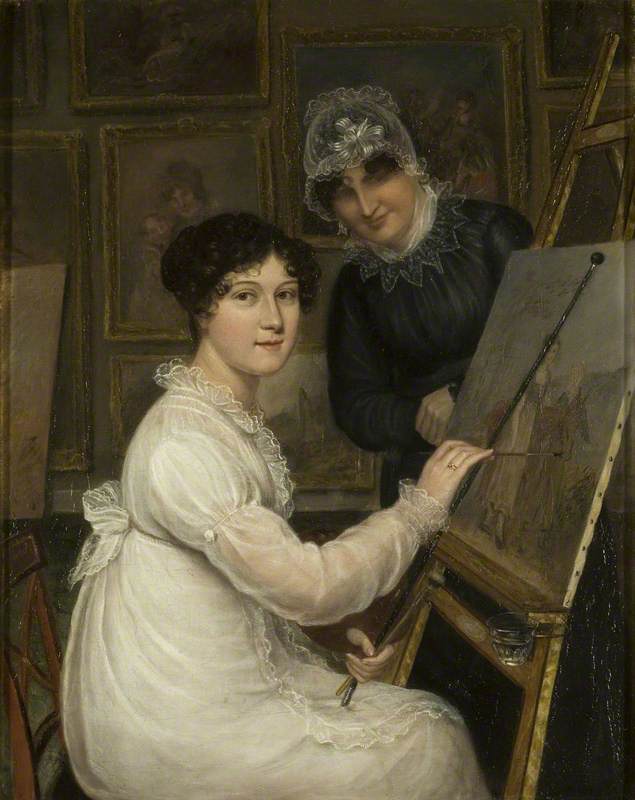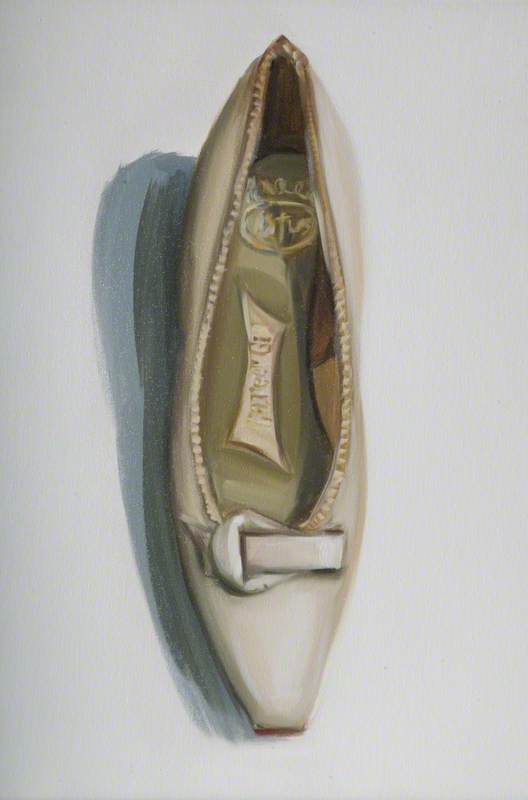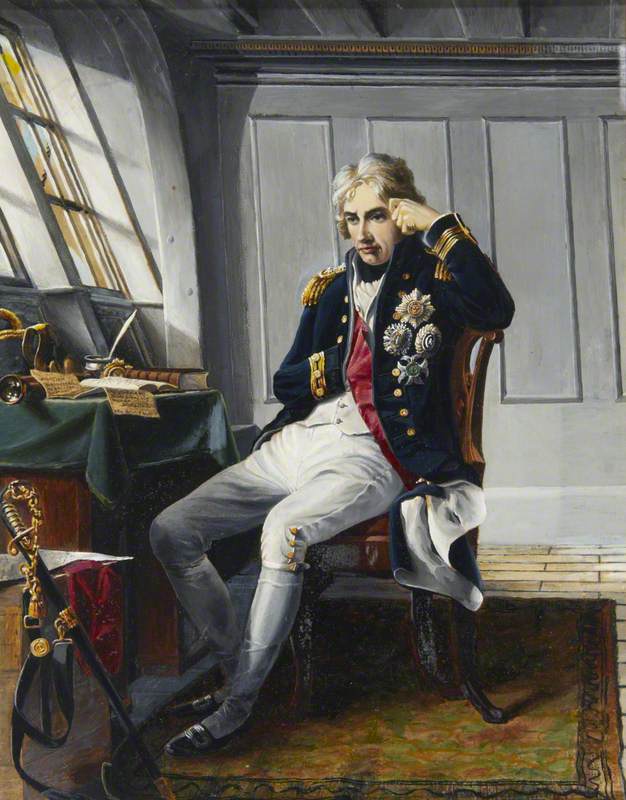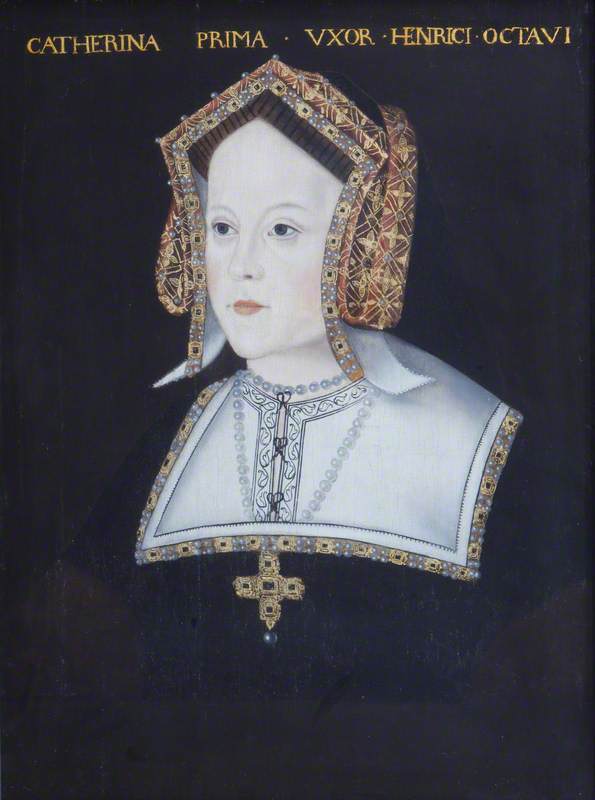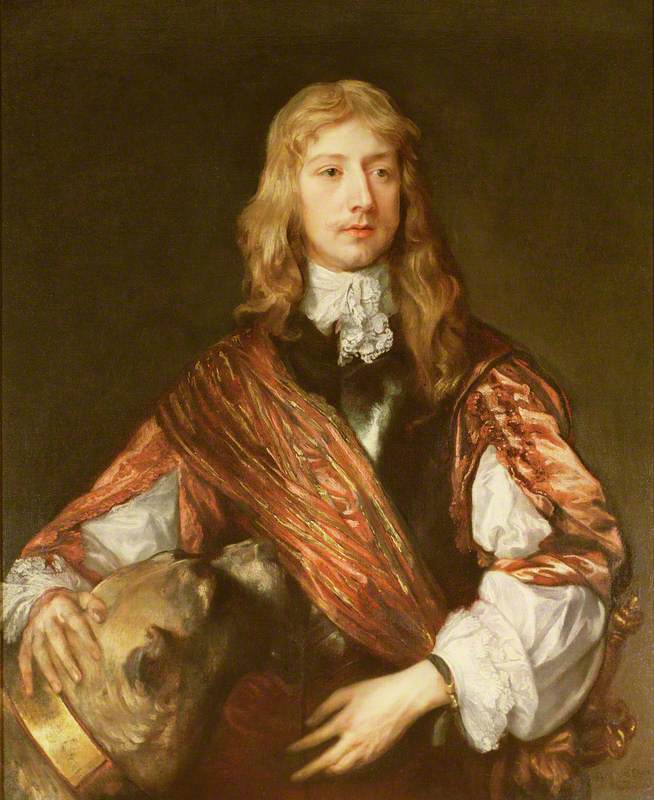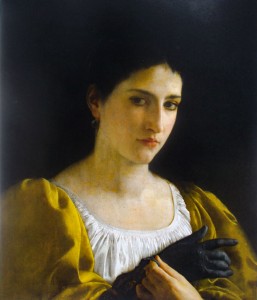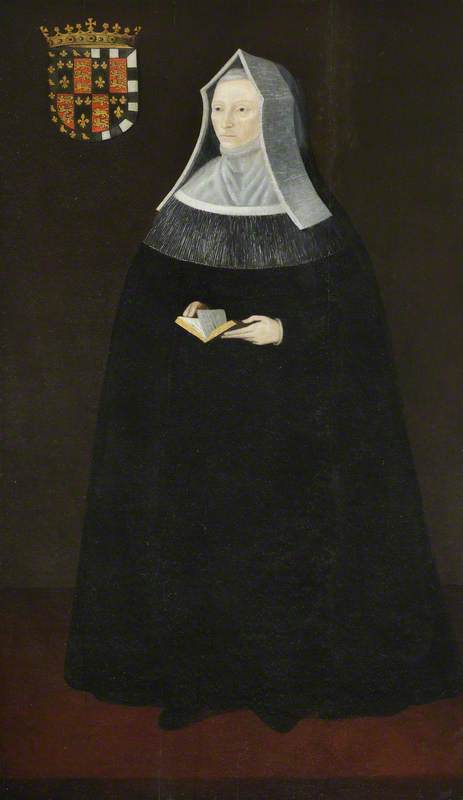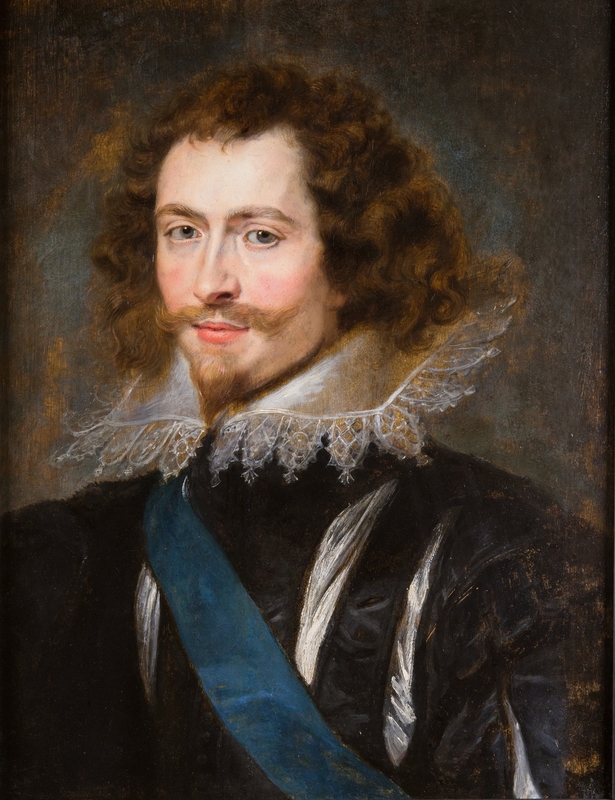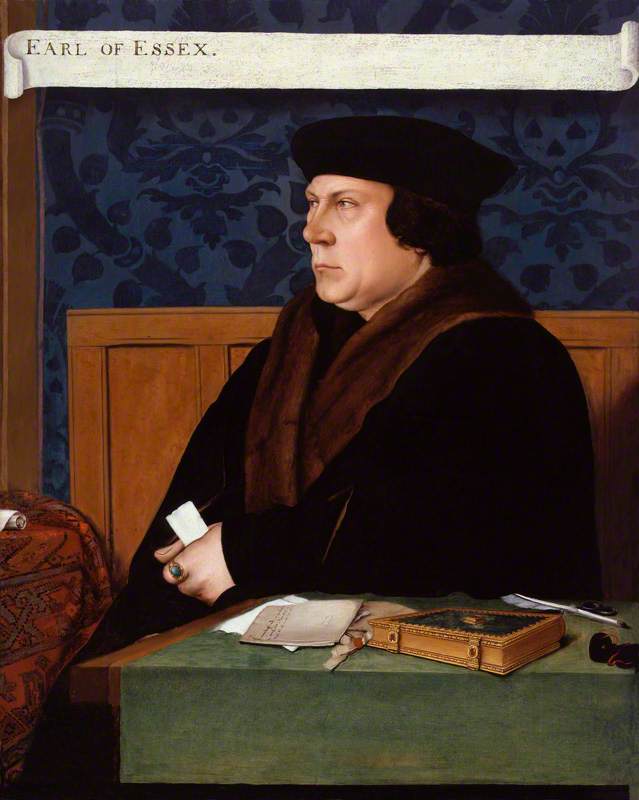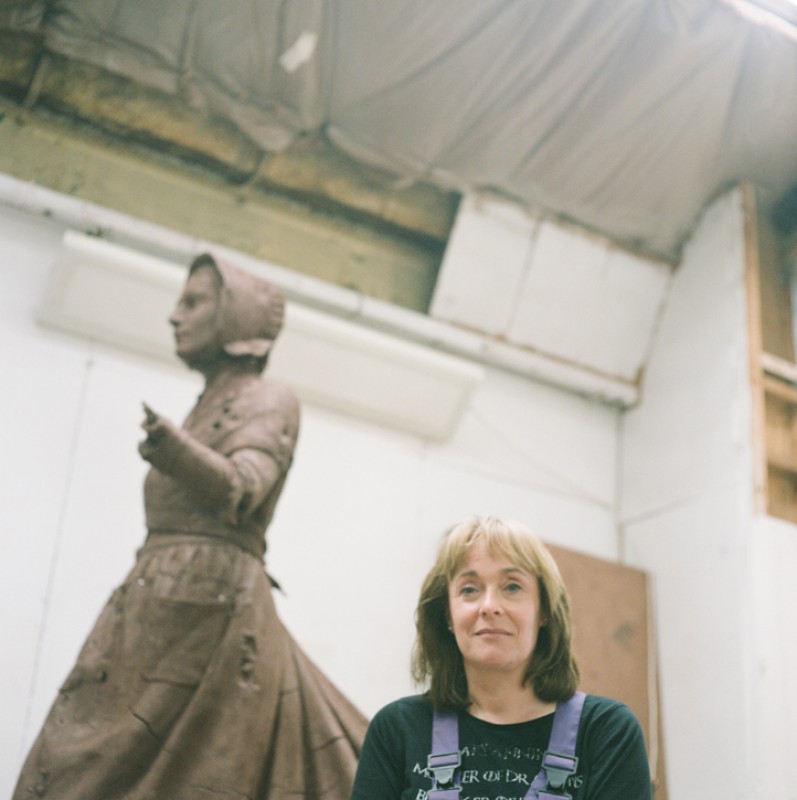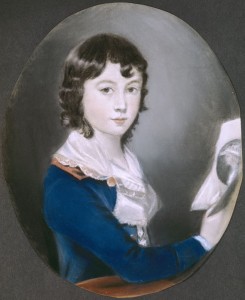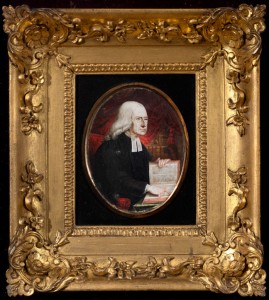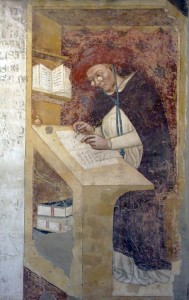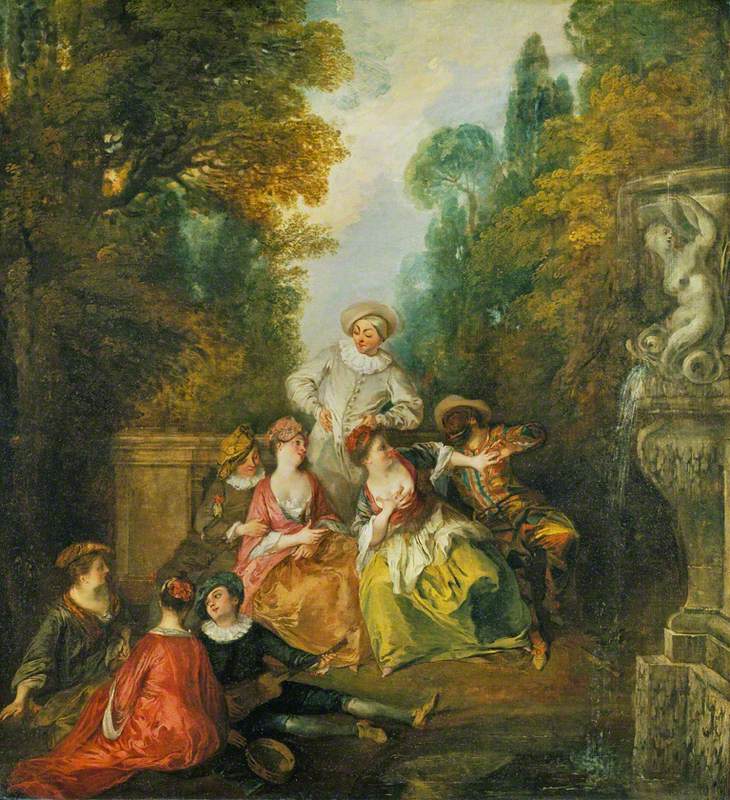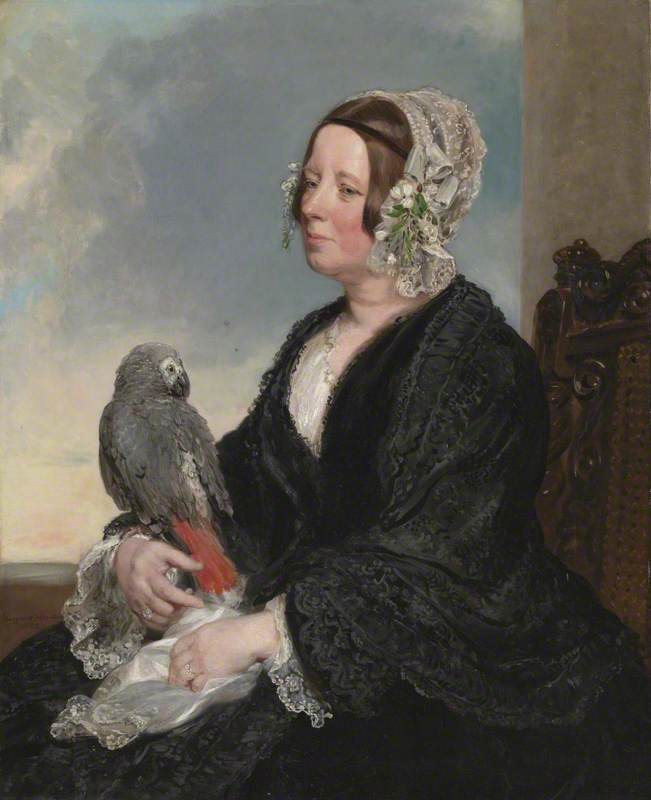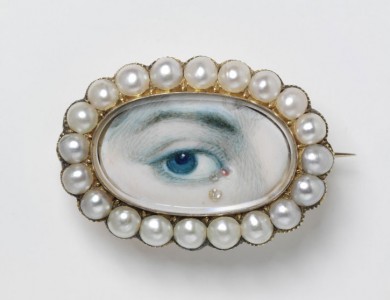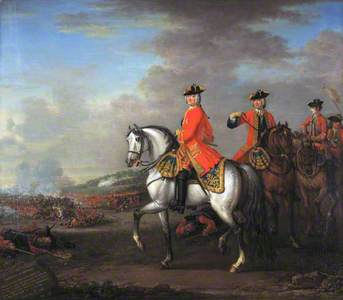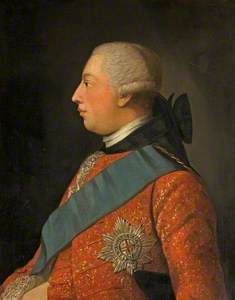Clothing in portraiture can offer us unique insights into a particular person or period. Depictions of dress can tell us about the fashion of the time, about how the sitter wanted to be seen by others, and about wider social and cultural practices.
The dress and fashions in royal portraiture are no different. Coronation portraits, for example, demonstrate how in some cases royal fashion changed very little over hundreds of years. In other instances, looking at royal clothing in portraiture can open up discussion of the character of the person who wore it and how they wanted to be seen by their subjects.
Notorious for having bad father-son relationships, the first Hanoverian monarchs of the eighteenth century were all painted in ways which both fit with the social and cultural trends of the time, as well as in ways where their clothes tell us a little bit about their life or personality.
George II, for instance, was the last British monarch to lead an army into battle, so it makes sense that there are a number of portraits and paintings which show him on horseback and wearing the red coat of military uniform.
His grandson, George III, was a very different character. At court events and celebrations such as a monarch's birthday, George wore clothing befitting his royal status: elaborate silk suits, often highly decorated with embroidery, were the ticket to the Georgian court.
But, he craved a simpler life and he was fascinated by botany and agriculture, earning him the nickname 'Farmer George'. In private, George liked to 'dress down' and there were many stories of him mingling unrecognised with his subjects because he was not dressed as they expected.
Although it may look smart to us, the 'Windsor uniform', which George III introduced in 1777, is one example of his frugal nature manifesting in his clothing.
George III (1738–1820)
(after Thomas Gainsborough)
Gainsborough Dupont (1754–1797) 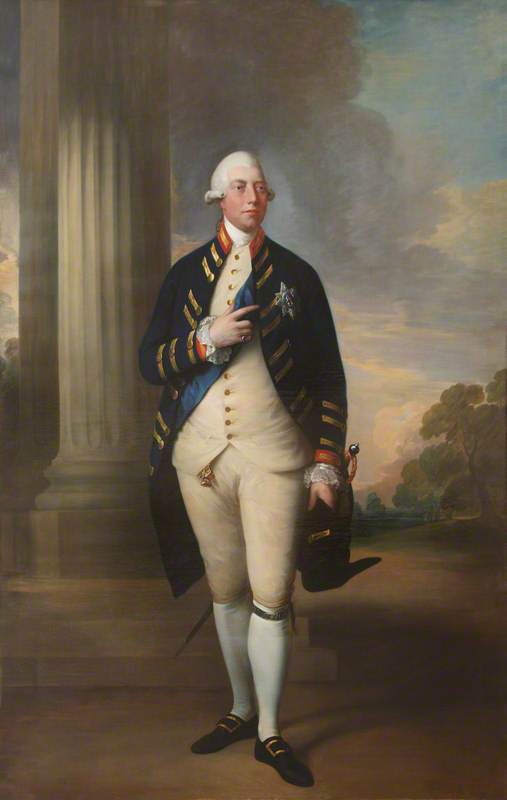
Originally intended only to be worn at Windsor, this dark-blue suit was soon worn by the King, his family and close members of the court. George wore it so often that it even appeared in satirical cartoons, used as a device by the artists to make him instantly recognisable. Variations of the Windsor uniform are still worn by the royal family today.
Perhaps in response to his father's hold on the purse strings, George IV is well known for his fondness for expensive art, food and clothes. His coronation in 1821 was one of the most extravagant – and expensive – in British history.
George IV (1762–1830)
(after Thomas Lawrence) 1840
Martin Archer Shee (1769–1850) 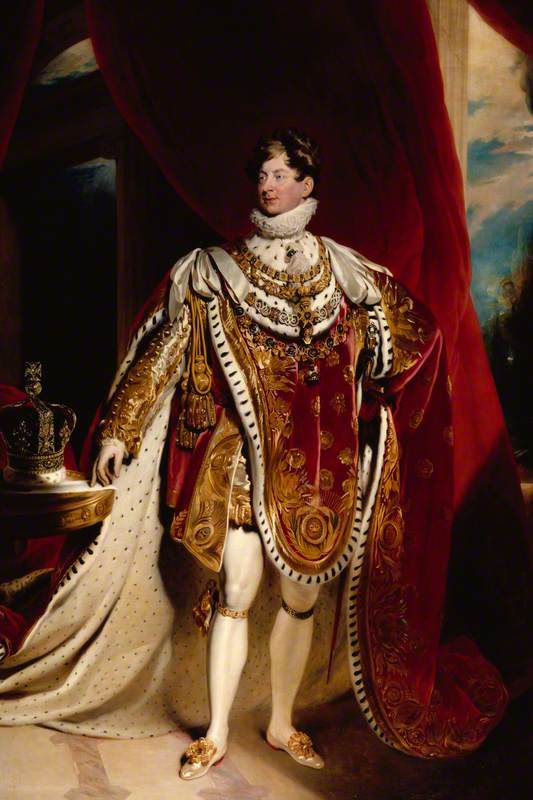
He designed his robes himself, looking to the Tudor and Stuart era for design inspiration, and the result was a pageant of unseen proportions that cost £9.5 million in today's money. It was so costly that when his brother, William IV, inherited the throne in 1830 he considered not having a coronation at all.
George IV's coronation was not the last time that he demonstrated extravagant style.
In 1822 he visited Edinburgh where he dressed in an elaborate Highland outfit which left no doubt as to his kingly status. It was made from lengths of satin, velvet and cashmere tartan and was accompanied by a wealth of accessories – including a bonnet with a gold- and jewel-encrusted badge, a dirk (dagger) with an emerald-encrusted hilt, and gold buckles – with the whole outfit costing approximately £58,000 in today's money. The overall look was somewhat spoiled, however, by his unwillingness to expose his knees to public view, so he wore flesh-coloured trousers under his kilt!
It is important to recognise that clothing in portraiture should not always be taken at face value. Just as we crop and edit photographs today, portraiture was a highly staged medium which could have exaggerated features, have particular propaganda behind it, or be purposefully sycophantic. Nevertheless, these few examples here (which are just the tip of the iceberg) can show how looking at the clothing in royal portraiture can be the start of a much larger story.
Sally Tuckett, lecturer in dress and textile histories at the University of Glasgow
You can find out more with 'A History of Royal Fashion' – a free online course created by the University of Glasgow and Historic Royal Palaces
